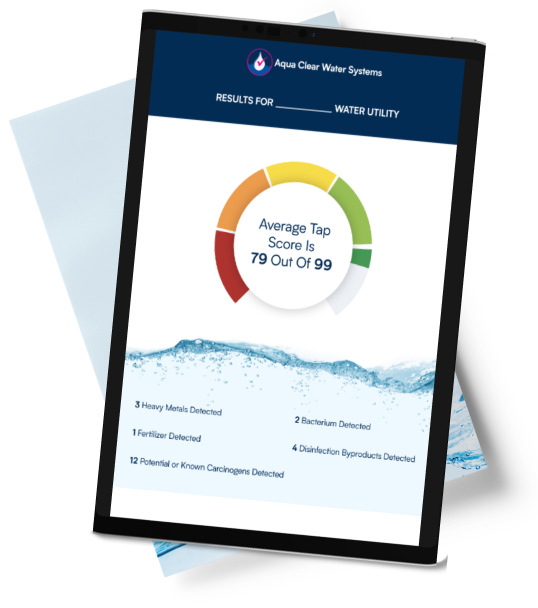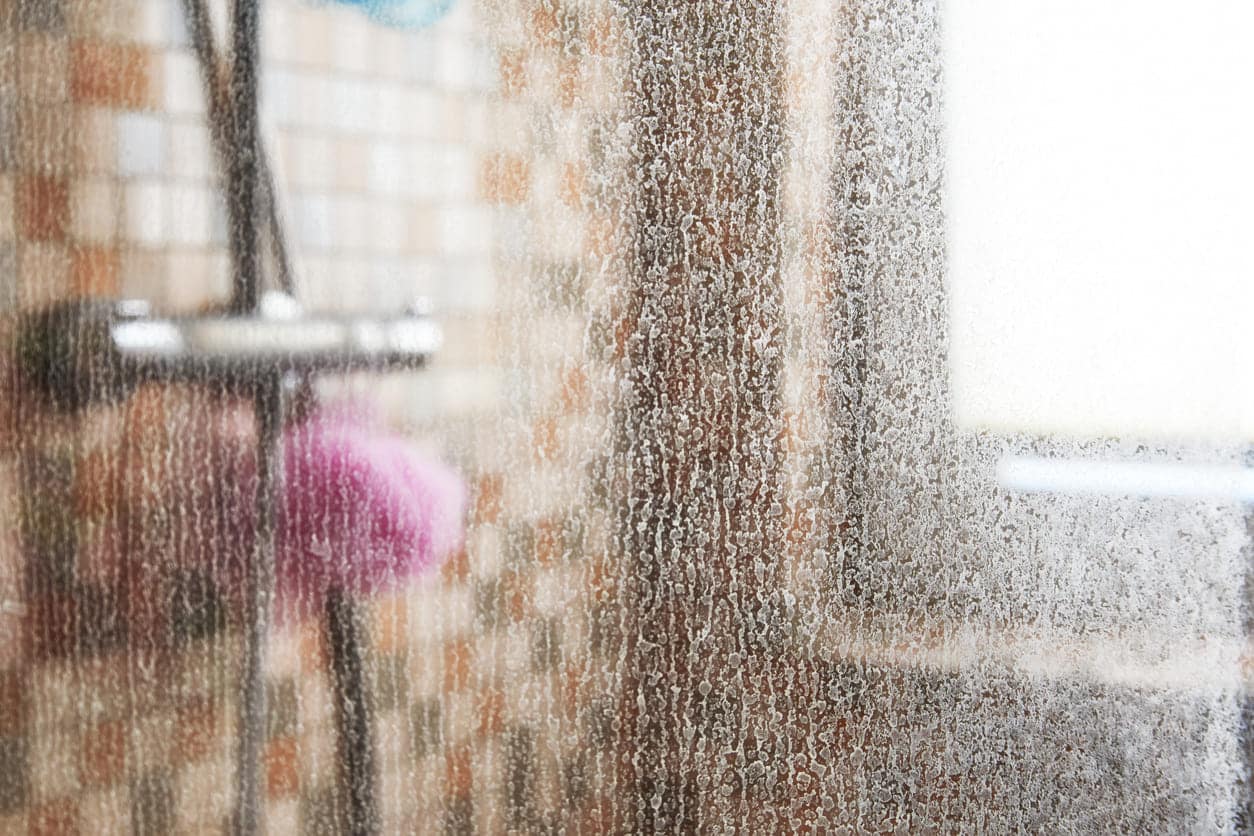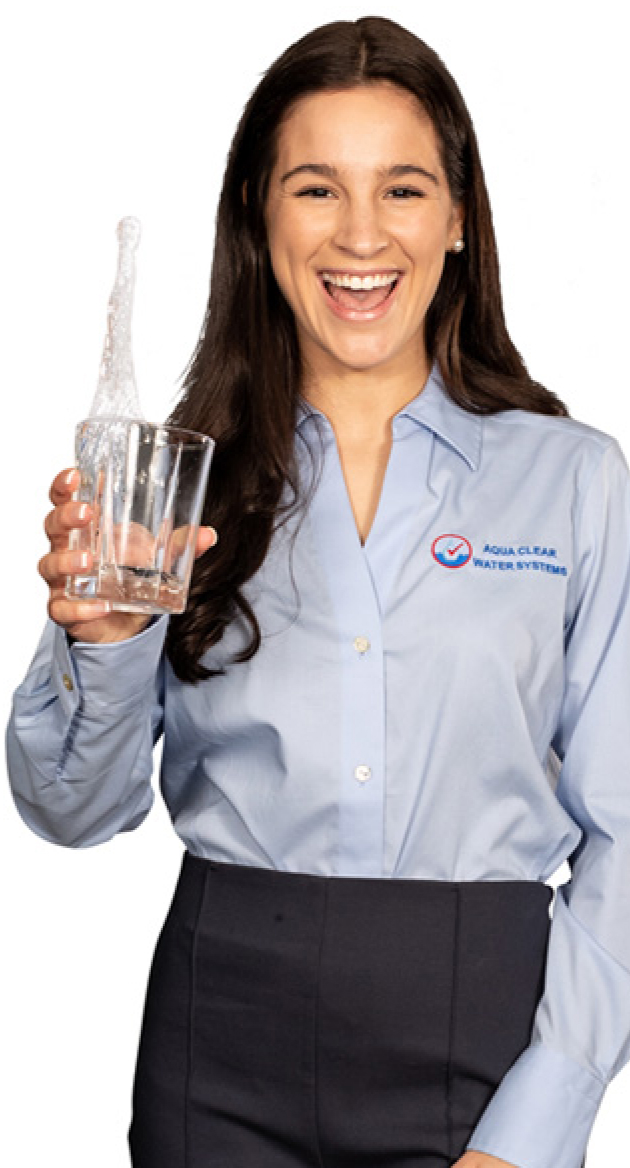Hard Water Stains: What They Are and How to Get Rid of Them
You’ve just finished cleaning your bathroom. The surfaces have been disinfected, and the room smells fresh yet you still sense an unpleasant atmosphere. You discover white spots on your glass shower door, a chalky white substance on the faucets, and an uncleanable brown ring in the toilet bowl. This situation suggests the presence of hard water stains, rather than typical dirt marks.
These unwanted marks create problems for many homeowners in the state of Tennessee, Georgia, and Kentucky. The presence of marks creates a perception of neglect in homes that are perfectly clean. This guide will explain what hard water stains are, provide step-by-step instructions on how to remove them from every surface, and reveal the ultimate solution to prevent them from ever coming back.
What Exactly Are Hard Water Stains?
Before you can win the fight, you need to know your enemy. ‘Hard water’ is simply water that has a high concentration of dissolved minerals, primarily calcium and magnesium. As water flows through the ground to your well or municipal supply, it picks up these minerals from rock and soil.
Hard water stains, also known as limescale, are the mineral deposits left behind when this water evaporates. The process resembles boiling salt water, because the water evaporates but the salt stays behind. The same process occurs on your faucets, shower walls, and dishes.
The stains that cannot be removed continue to be a problem. How to get rid of brown hard water stains in toilet bowls is a common question, and the answer often involves another mineral: iron. When iron is also present in your hard water, it oxidizes (rusts) upon exposure to air, leaving behind those tough, discolored stains that are particularly noticeable in toilets and sinks.
How to Remove Hard Water Deposits
While the best offense is a good defense, you first need to deal with the existing stains. Acidity serves as the essential method to dissolve these mineral deposits. Luckily, you probably have some powerful, natural, and inexpensive solutions in your pantry right now.
Your Go-To DIY Solution: White Vinegar
Distilled white vinegar is the champion of hard water stain removal. Its acetic acid is perfect for dissolving the alkaline mineral deposits of limescale.
- For general surfaces: Mix a solution of equal parts white vinegar and water in a spray bottle. Apply the solution directly to the stained area and let it work for 10–15 minutes to dissolve the minerals before cleaning with a soft brush or sponge and then washing it off.
How to Remove Hard Water Stains from Shower and Glass
Removing hard water stains from glass shower doors and tile can feel like an impossible task, but the vinegar solution is your best friend here.
- Spray and Soak: Generously spray your vinegar and water solution onto the glass and tile. Apply the vinegar solution to vertical surfaces by soaking paper towels before placing them against the glass for liquid runoff. This keeps the acidic solution in contact with the stains.
- Wait: Leave the solution to work for 15 minutes before proceeding. For very tough buildup, you may need to wait up to 30 minutes.
- Scrub and Rinse: The paper towels need to be removed before using a non-scratch sponge or a squeegee to clean the surface. You’ll feel the gritty mineral deposits begin to break down.
- Rinse and Dry: Use fresh water to clean the entire area followed by drying with a microfiber cloth to prevent new spots from forming.







